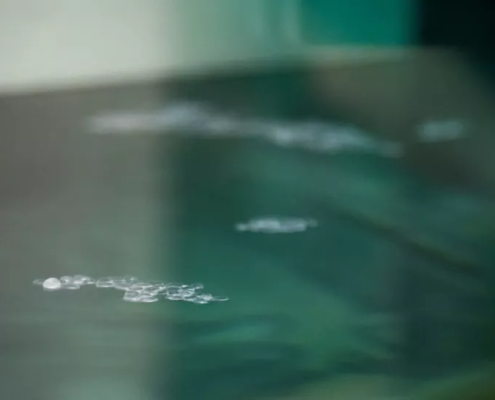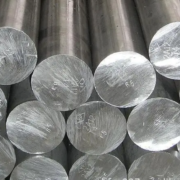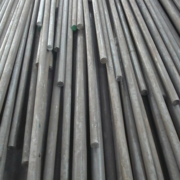Embroidery removal method for straight seam steel pipe
In the process of anti-corrosion construction of oil and gas pipelines, the surface treatment of straight seam steel pipes is one of the key factors determining the service life of pipeline anticorrosion, and it is the premise of whether the anticorrosion layer can be firmly combined with straight seam steel pipes. According to the research of professional institutions, the life of the anti-corrosion layer depends on factors such as coating type, coating quality, and construction environment, and the surface treatment of straight seam steel pipes has an impact on the life of the anti-corrosion layer. According to the requirements of the layer specification for the surface of straight seam steel pipes, continuously improve the surface treatment methods of straight seam steel pipes,
There are mainly the following methods for removing embroidery from straight-seam steel pipes:
1. Cleaning Use solvents and emulsions to clean the steel surface to remove oil, grease, dust, lubricants, and similar organic matter, but it cannot remove rust, scale, welding flux, etc. on the steel surface, so it is only used in defense operations. Auxiliary means.
2. Pickling Generally, chemical and electrolytic pickling are used for pickling treatment. Only chemical pickling is used for pipeline anticorrosion, which can remove scale, rust, and old coatings. Sometimes it can be used as retreatment after sandblasting and rust removal. Although chemical cleaning can achieve a certain degree of cleanliness and roughness on the surface, its anchor pattern is shallow and it is easy to cause pollution to the surrounding environment.
3. Tool rust removal Mainly use tools such as wire brushes to polish the steel surface, which can remove loose scale, rust, welding slag, etc. Hand tool derusting can reach the Sa2 level, and power tool derusting can reach the Sa3 level. If the iron oxide scale is firmly attached to the surface of the steel, the de-rusting effect of the tool is not ideal, and the anchor pattern depth required for anti-corrosion construction cannot be reached.
4. Spray de-rusting Spray de-rusting uses a high-power motor to drive the spray blades to rotate at high speed, so that steel shots, steel sand, iron wire segments, minerals, and other abrasives are sprayed on the surface of straight seam steel pipes under the powerful centrifugal force of the motor, not only Oxide, rust, and dirt can be completely removed, and the straight seam steel pipe can achieve the required uniform roughness under the action of violent impact and friction of abrasives.
After spray de-rusting, not only the physical adsorption on the surface of the pipe can be expanded, but also the mechanical adhesion between the anti-corrosion layer and the surface of the pipe can be enhanced. Therefore, spray rust removal is an ideal rust removal method for pipeline corrosion. Generally speaking, shot blasting is mainly used for the inner surface treatment of pipes, and shot blasting is mainly used for the outer surface treatment of straight-seam steel pipes. In the production process, the technical indicators related to rust removal should be strictly required to prevent secondary damage to the straight-seam steel pipe due to operational errors. Embroidery is a frequently used technique in the steel pipe industry.

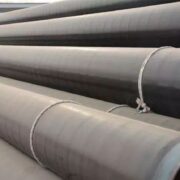
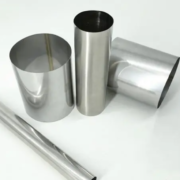
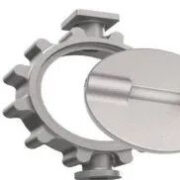
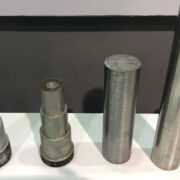
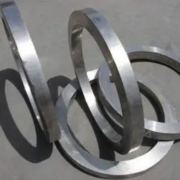
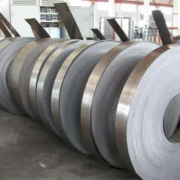
-1-180x180.png)


